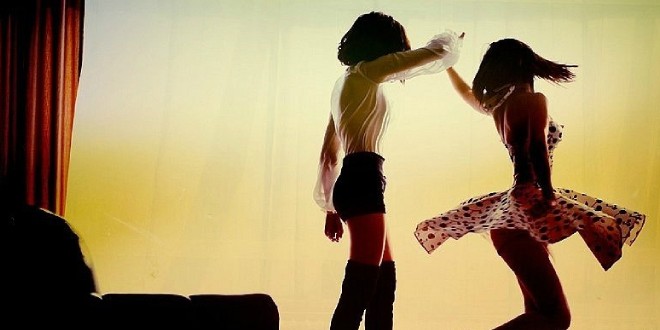Lesbian dance theory is a field of study that examines the intersection of lesbianism and dance. It explores the ways in which lesbian identity and experiences can be expressed and explored through movement, choreography, and performance.
Lesbian dance theory is a relatively new area of study, but it has already made significant contributions to the fields of dance, gender studies, and queer theory. It offers a unique perspective on the ways in which dance can be used to express and explore lesbian identity, and can provide valuable insights into the experiences of lesbian individuals.
One of the key ideas in lesbian dance theory is the concept of the “lesbian gaze.” This refers to the ways in which lesbian dancers and choreographers use their art to create a space in which they can be seen and understood by other lesbians. This can involve creating choreography that challenges traditional gender roles, explores lesbian relationships and experiences, or simply celebrates lesbian identity and pride.
Lesbian dance theory also examines the ways in which mainstream dance culture has often marginalized or excluded lesbian dancers and choreographers. It looks at the ways in which the dance world has often reinforced heteronormative ideas and stereotypes, and how lesbian dancers and choreographers have worked to challenge and subvert these norms.
Overall, lesbian dance theory is an important and growing field of study that examines the intersection of dance and lesbianism. It offers valuable insights into the ways in which dance can be used to express and explore lesbian identity, and helps to broaden our understanding of the relationship between dance and gender.
 Lesbian, Gay, Bisexual, Transgender & Intersex News Lesbian News, Gay News, Bisexual News, Transgender News, Intersex News, LGBTI News
Lesbian, Gay, Bisexual, Transgender & Intersex News Lesbian News, Gay News, Bisexual News, Transgender News, Intersex News, LGBTI News




